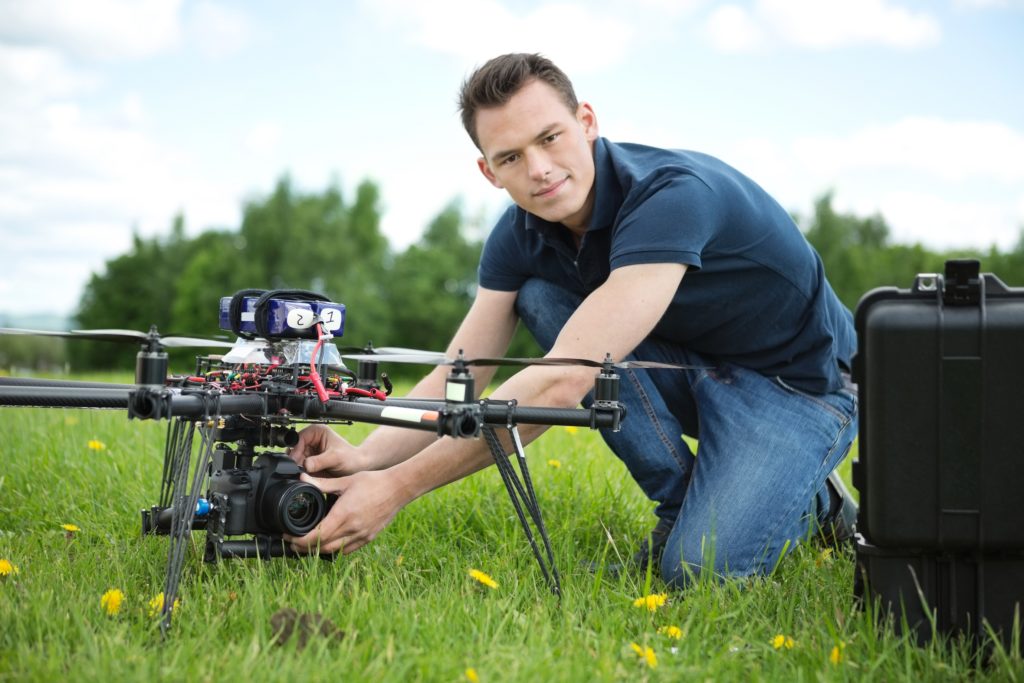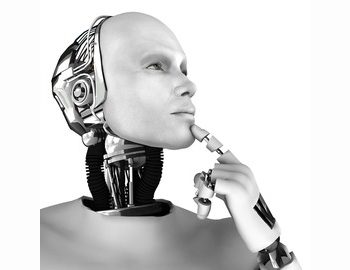
Drones, or Unmanned Aerial Vehicles (UAVs), have traditionally been used for military operations. Today, drones have become mainstream, thanks to many e-commerce companies using them for deliveries and similar services. Drones are now essential to industries like security, transportation, e-commerce, surveillance, and emergency aid. They are also being used by individuals for recreational activities. While the drone industry is blooming, it is not without its own set of challenges.
Considering that drones use complex systems, it can be very challenging to build a viable product. Luckily, drone startups have the option to use engineering simulation to validate their ideas. What’s more, startups can also take advantage of special programs for startups, such as the ANSYS Startup Program, since they often have to work on a tight budget.
What is engineering simulation software? Simulation allows startups to test several ideas virtually and at minimal cost. Simulation helps validate design specifications and assumptions before going to market. There is a lot of regulation around the drone industry, and simulation helps startups test various iterations to ensure new products maintain complete compliance.
Here’s how engineering simulation can help you develop better drone software and components:
-
Test virtual prototypes:
As mentioned earlier, it is important for startups to test several iterations of their product before attempting to get prototypes approved. Testing physical prototypes is not only expensive, it also wastes crucial time.
Since building drone components and related software is highly complex, the fastest and most cost-effective way to test iterations is by using software, not physical prototypes. Drone startups can make use of engineering simulation software to test several scenarios and build products that are technically sound and reliable. For building the various components of drones, startups need to ensure that their design and placement is perfect. Simulation software will allow drone startups to get to market before their competition with a more reliable product.
Simulation helps startups to test not only hardware components but also software, which is an essential part of building drones. This helps speed up software development and generate better code that meets the strict software certification standards.
-
Collaborate easily with your team:
One of the critical components of developing a complicated product is that it requires collaboration between engineers from different disciplines. If the design process is not integrated, then the products developed can be delayed, have reliability issues, or take up too many resources for building.
Thus, it’s important that startups use an integrated simulation tool (such as the one offered by the ANSYS Startup Program) for designing drones. Startups that use an integrated design system deliver products faster, at a lower cost, and ensure that the product meets all regulations and guidelines. This is because each team is in sync with the other and they are able to work together easily.
-
Ensure safety:
Commercial use of drones is becoming more common as drones are used in a growing number of non-military applications. To ensure safety and reliability, there are stringent regulations governing the development of drones.
Along with the hardware, engineers must also make sure that the software controlling the drones is reliable. This software controls drone responses in conditions where communication with the controller is lost. Simulation helps teams test multiple scenarios and process even the most complicated software systems in a short period of time. This ensures that drone communication systems are developed very quickly while remaining safe for commercial use.
-
Build durable products:
In the military space, drones often operate in extremely hazardous conditions. Even though commercial drones do not face such harsh environments, there is still a need for drones that are durable, do not fail, and require minimal maintenance.
When drones operate in the real world, they may face extreme temperatures as well as perilous weather conditions. How can engineers test for conditions that are difficult to replicate in real life? The only way to quickly do test a prototype for all such conditions is to use engineering simulation. Simulation allows you to see if your drone can withstand these conditions.
The big challenge for engineers is to make sure that drones keep weight low while maintaining robust and durable. Engineering simulation helps drone designers take into account physics-based design characteristics and also take a look at the design trade space for building UAVs that are functional as well as lightweight.
Conclusion
These are exciting times; startups working on drone components and software have lots of opportunities ahead of them. However, there are many complex challenges involved in building drones. Engineering simulation can help startups navigate these challenges with ease.
If you’re a startup looking for a premium quality, highly robust simulation program, check out the ANSYS Startup Program.
